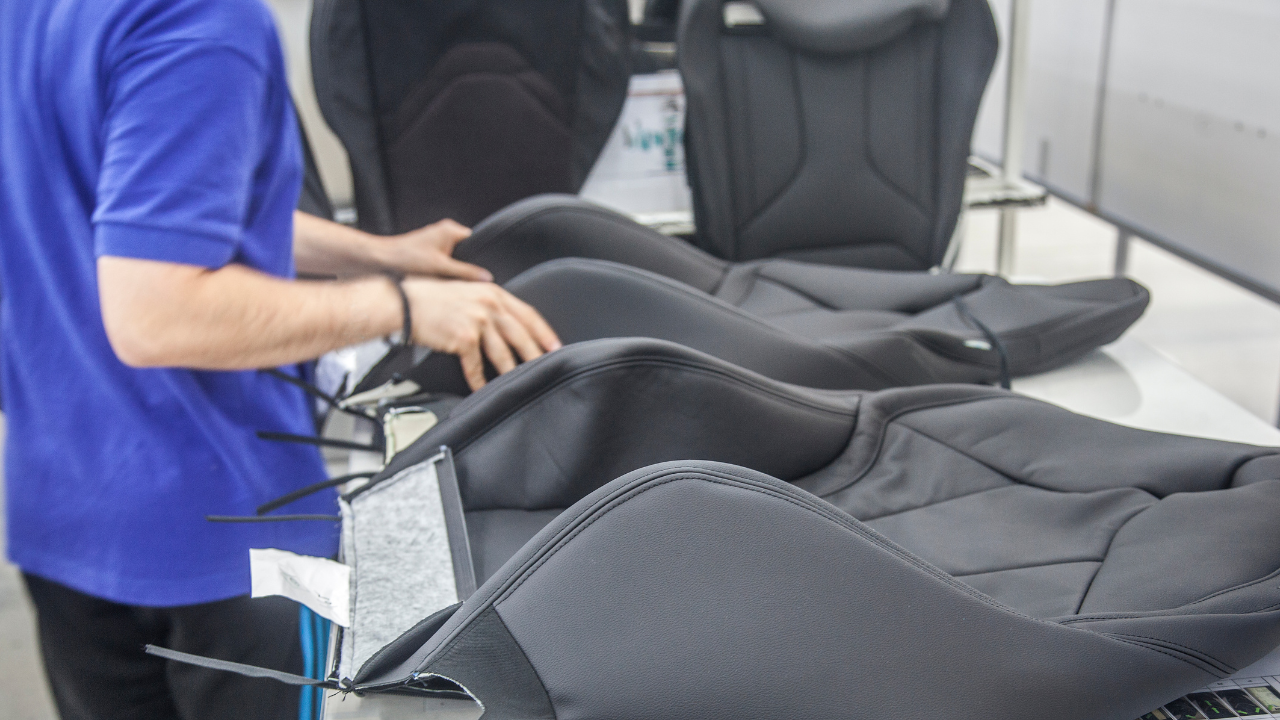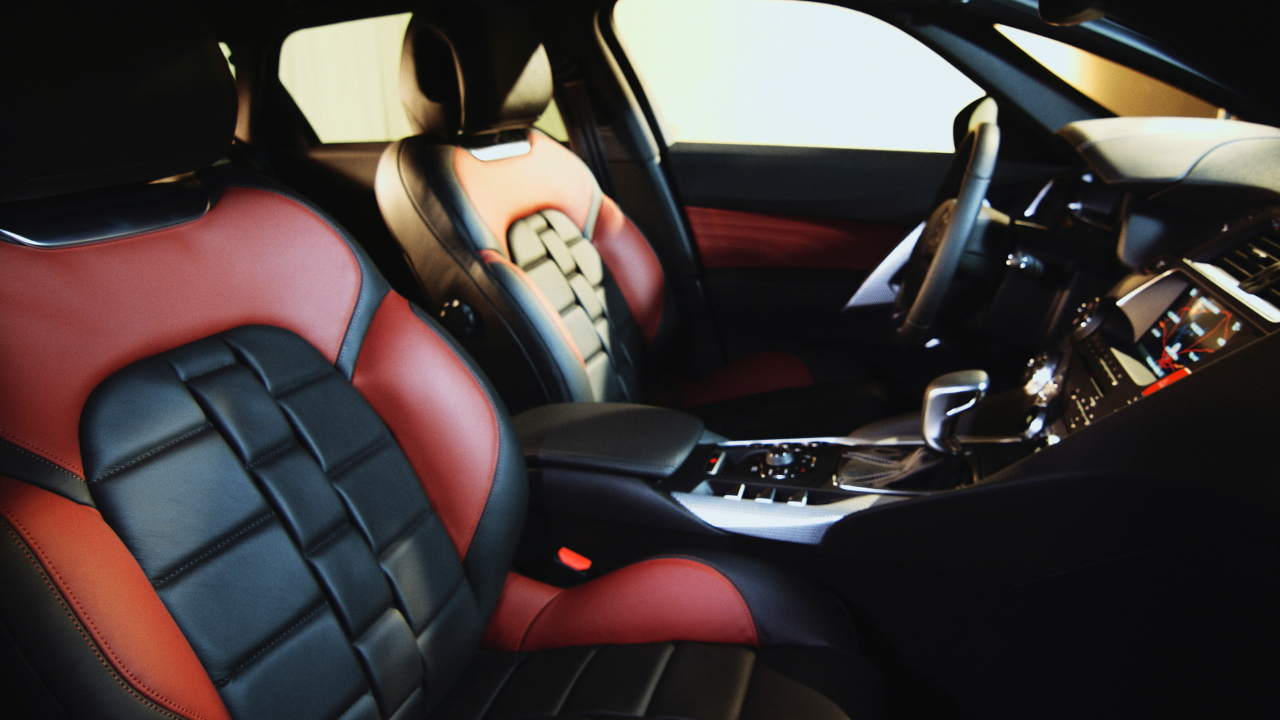Key Takeaways
- DIY car seat covers can cost $60–$180, depending on materials like leather or neoprene.
- Pre-made covers range from $25–$500, offering more convenience.
- DIY covers require time, sewing skills, and careful measurements.
- Pre-made options provide a professional fit and a wide range of styles for front and rear seats.
- Consider your budget, skills, and time before choosing between DIY and pre-made options.
Car seat covers are essential for protecting your vehicle's interior and giving it a personalized touch. Whether you prefer leather seats, neoprene seat covers, or another type of seat cover, the options are endless. However, when it comes to replacing or upgrading them, many wonder if making their own covers is a more cost-effective solution.
The idea of DIY car seat covers may sound appealing, but how does it compare to buying custom seat covers or even truck seat covers?
Key points to Is it cheaper to make your own car seat cover are as follows:
- Why Consider DIY Car Seat Covers
- The Cost of DIY Car Seat Covers
- Comparing Costs: DIY vs. Pre-Made
- How to Make a Car Seat Cover
In this article, we’ll explore the costs, pros, and cons of making your own car seat covers versus purchasing ready-made ones. We’ll also provide tips on how to make a car seat cover, how to install seat covers with hooks, and how to put on car seat cover correctly for maximum durability and style.

Why Consider DIY Car Seat Covers?
1. Cost Savings
The main reason people consider DIY covers is to save money. Making your own covers eliminates labor and retail markups, and you can choose the seat material that best fits your budget.
2. Customization
When you make your own, you have complete control over the design, material, and fit. Whether you want sleek leather seats or durable neoprene seat covers, DIY allows for endless creativity.
3. A Fun DIY Project
If you enjoy crafting, this project can be rewarding. Plus, it’s an opportunity to add a personal touch to your vehicle's rear seats or front seats alike.
The Cost of DIY Car Seat Covers
Materials Needed
To make car seat covers, you’ll need:
- Fabric (e.g., leather, neoprene, or canvas)
- Sewing machine
- Thread, scissors, and pins
- Measuring tape
- Foam padding (optional for extra comfort)
Estimated Cost
- Fabric: $30–$100 (varies by quality and quantity)
- Sewing supplies: $20–$50 (if you don’t already own them)
- Foam padding: $10–$30
Total DIY Cost: $60–$180
Hidden Costs
- Time Investment: Making car seat covers can take several hours, especially if you're a beginner.
- Mistakes: Errors in measuring or sewing could require extra fabric or tools.
The Cost of Pre-Made Car Seat Covers
Off-the-Shelf Options
- Standard car seat covers: $25–$100
- Truck seat covers: $50–$150
- Custom seat covers: Affecting Price
- Material: High-quality leather seats or neoprene seat covers cost more than polyester or vinyl.
- Fit: Custom-fit covers are more expensive but offer a tailored look.
- Brand: Premium brands charge higher prices for durability and design.
Comparing Costs: DIY vs. Pre-Made
|
Category |
DIY Car Seat Covers |
Pre-Made Car Seat Covers |
|
Cost |
$60–$180 |
$25–$500 |
|
Time Required |
4–8 hours |
None |
|
Customization |
Fully customizable |
Limited to available options |
|
Durability |
Depends on materials |
Often durable |

Why Opting for Professional Car Seat Covers Beats DIY Every Time
Attempting to craft your own car seat covers might seem like a cost-effective solution at first, but it's a task fraught with challenges and potential for error. Let’s explore what it takes:
Step 1: Gathering Materials
Securing the right tools and materials is just the beginning. You'll need to choose a seat material that not only endures daily wear and tear but also aligns with your vehicle’s aesthetic. Materials like neoprene offer durability, and while leather exudes luxury, both require precise handling beyond amateur skills.
Step 2: Measuring Your Car Seats
Accurate measurements are crucial, involving more than just the seat’s length, width, and depth. You must consider curves, headrests, and variable dimensions of rear seats, which can be intricate and easy to misjudge.
Step 3: Creating a Pattern
Drafting a precise pattern demands meticulous attention to detail—any error here can lead to ill-fitting covers, compromising both comfort and appearance.
Step 4: Cutting and Sewing
Even with a perfect pattern, cutting and sewing the fabric require professional-grade skills to ensure that seams are robust and the fit is flawless. This step is pivotal for ensuring the longevity and protection of your seat material.
Step 5: Adding Hooks or Elastic
The final step involves securing the cover to the seats with hooks or elastic bands, which must be done with precision to avoid a sloppy fit that can shift during use.
Given the complexity and the high level of skill required at each step, it’s clear why many opt for professionally crafted seat covers. Save yourself the hassle and opt for a professional solution that guarantees satisfaction and peace of mind.
How to Install Seat Covers with Hooks
If your DIY or pre-made type of seat cover comes with hooks, follow these steps for proper installation:
- Remove the Headrests
- This makes it easier to slip the cover over the seat.
- Position the Cover
- Place it evenly over the seat, making sure the seams align.
- Attach the Hooks
- Secure the hooks under the seat for a tight fit.
- Reinstall the Headrests
Once the cover is in place, put the headrests back.
Pros and Cons of DIY Car Seat Covers
Pros
- Fully customizable for front and rear seats
- Potential cost savings
- Personal satisfaction
Cons
- Time-consuming
- Requires sewing skills
- Risk of errors

Contact ShearComfort For The Best Seat Covers
Is it cheaper to make your own car seat covers? The answer depends on your skills, time availability, and desired level of customization. While DIY covers can save money and offer creative freedom, pre-made options are more convenient and often more durable.
Whether you choose to make your own or buy pre-made custom seat covers or truck seat covers, the key is to select materials and designs—like leather seats or neoprene seat covers—that suit your needs and budget. Now that you know how to make a car seat cover, how to install seat covers with hooks, and how to put on car seat covers, you can make an informed decision.





